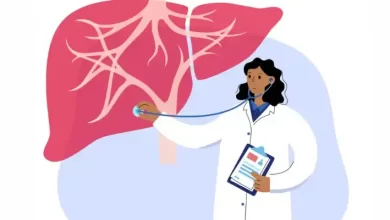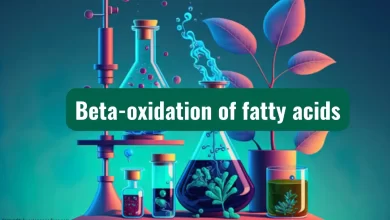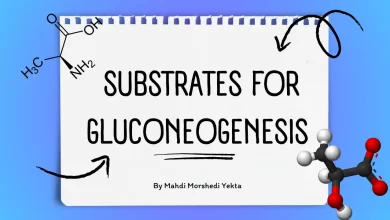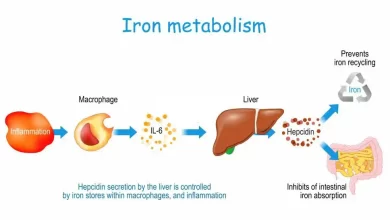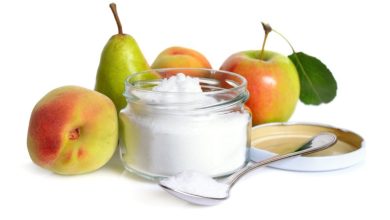Before talking about the METABOLISM OF GALACTOSE, let’s briefly look at the metabolism of carbohydrates. Sugars [when in the intestine]are broken down into three main sugars. Becomes Glucose, galactose, and fructose.
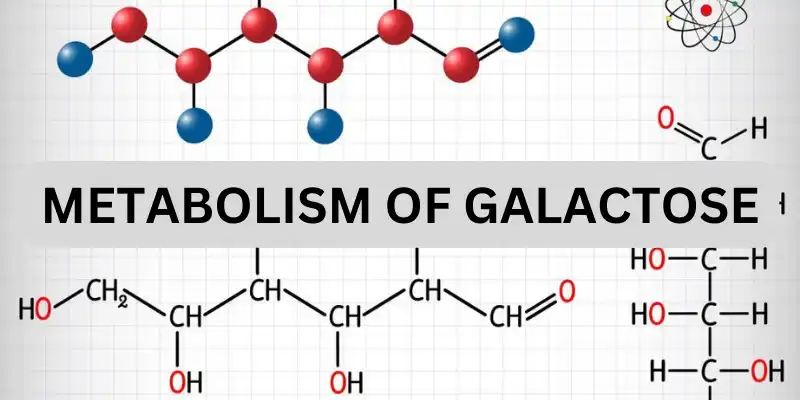
These three sugars are absorbed through active transport and facilitated diffusion. They enter the bloodstream and go to the liver. Fructose by facilitated diffusion, and Glucose and galactose by carrier. They are actively absorbed. Now, when they enter the liver, the liver can convert galactose and fructose into Glucose.
Where is galactose metabolized?
When galactose is absorbed, it goes to the liver through the bloodstream and is converted into Glucose in the liver. Glucose is quickly removed from the liver. In the bloodstream, the concentration of galactose is low. Reabsorption of galactose through the kidneys is very low or incomplete, so galactose comes to the liver and quickly leaves it, where it is converted to Glucose. A small amount remains as galactose, but this amount is minimal.
What is the first step in galactose metabolism?
1) The first thing is that galactose is converted to galactose 1-phosphate (GAL-1-P), which is done by galactokinase.
2) Galactose 1-phosphate obtained with UDP glucose (uridine diphosphate glucose). The synthesis of UDP glucose is formed through the path of uronic acid or the path of glycogen synthesis.UDP combines with Glucose to give UDP-gal and glu-1-p.
During this reaction, Glucose and galactose are replaced. On the left side, we have galactose 1-phosphate, which is Glucose. It takes the place of galactose and turns into glucose 1-phosphate on the right side. On the left, we have UDP glucose; Galactose is placed in the area of Glucose, and on the right side of UDP, we have galactose. This work is done by an enzyme called galactose 1-phosphate uridine transferase (GALT). This enzyme plays an important role. It converts galactose into Glucose.
3) Now, the UDP galactose that has been formed can be converted into UDP glucose under the effect of epimerase. MayWe know that Glucose and galactose are epimers, and their difference is in carbon number 4, which is OH carbon number 4 of the glucose side. It is correct, but it is left-handed about galactose.
4) Glucose 1-phosphate that was formed can be converted into glucose 6-phosphate.
5) Glucose-6-phosphate can either go through the glycolysis pathway or be converted into Glucose under the effect of glucose-6-phosphatase.
And we use it.
On the other hand, this UDP-glu, formed in the third step, can participate in the synthesis of glycogen and insert its Glucose into the structure of glycogen. Under the effect of phosphorylases, this Glucose is separated from glycogen and used.
About galactose metabolism, two things can be considered; One is about the regeneration of galactose, and the other is the Oxidation of galactose.
An enzyme called aldose reductase is involved in the regeneration of galactose, which can convert galactose into alcohol. Slow and galactose alcohol is galactose. There are nerves. In terms of physiology, this enzyme is not very important in situations where galactose is low, But it becomes essential when the amount of galactose increases.
The oxidation of galactose occurs under the effect of galactose dehydrogenase, which converts galactose into galactonic acid. Can galactonic acid be excreted through urine?
Galactose metabolism disorders and more
If the enzymes that convert galactose into Glucose are defective, galactose accumulates in the body.
Slow, and in the term, we say that galactosemia has occurred. Galactosemia is caused by the accumulation of galactose in the blood Gala. ctosemia occurs mainly in children whose primary food is milk.
One of the sugars in the building is lactose (milk), it is galactose, so in children who have galactosemia, one of these enzymes that converts galactose to Glucose is defective, Especially in galactose enzyme 1_phosphate uridine transferase, the lack of this enzyme causes galactosemia.
These children get diarrhea and vomiting after drinking milk. They can solve the problem to a large extent by prescribing lactose-free milk. But if the correct and timely diagnosis is not given, lactose accumulates in tissues where reductase is active. They become more critical when There is a lot of galactose in the blood. Galactose can enter the liver, nerve tissue, and eye lens and cause liver, nerve, and eye disorders.
